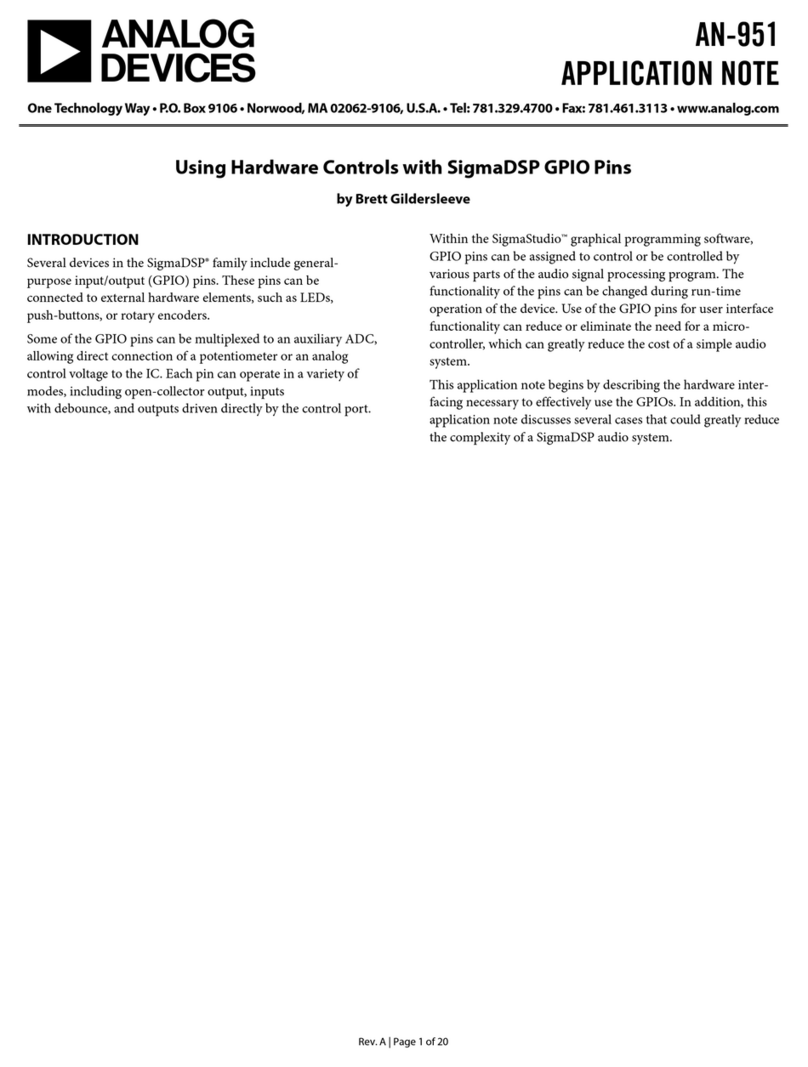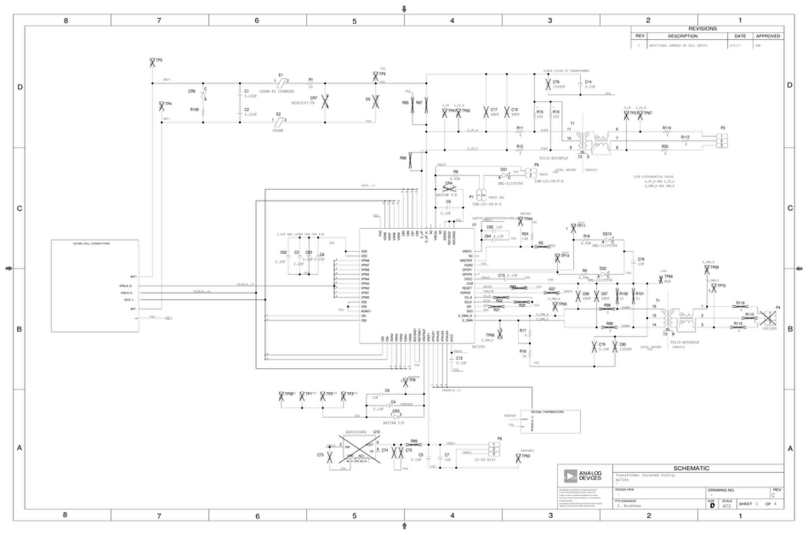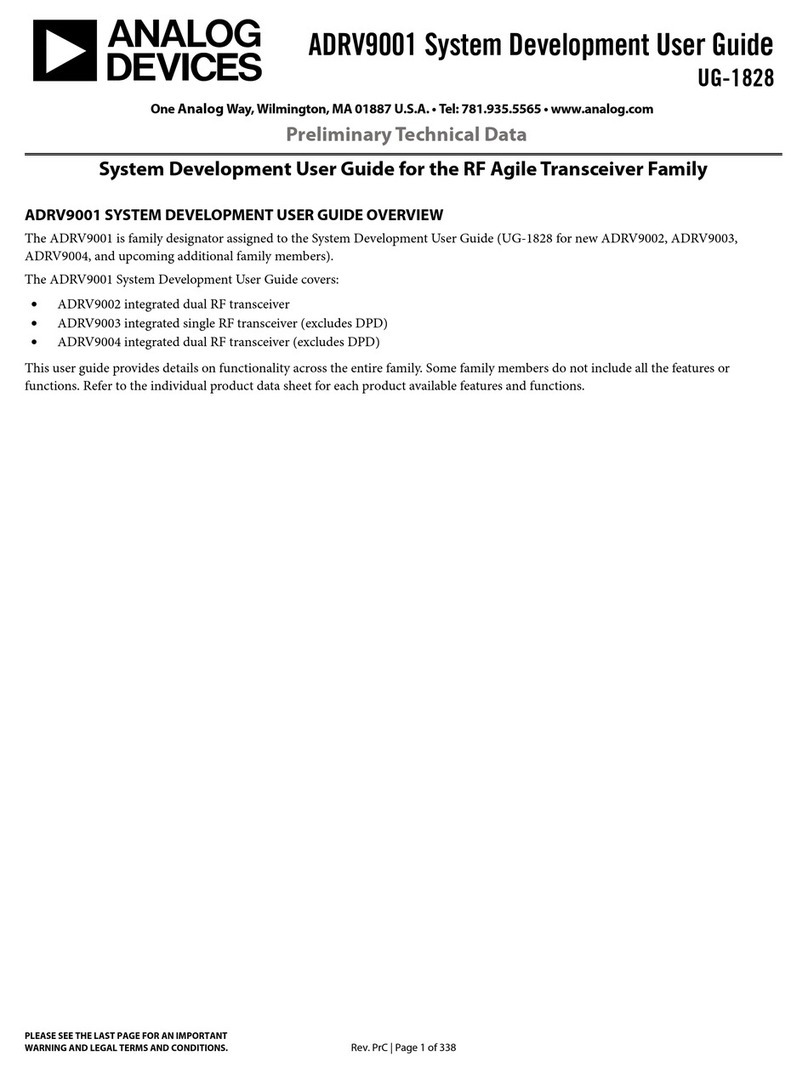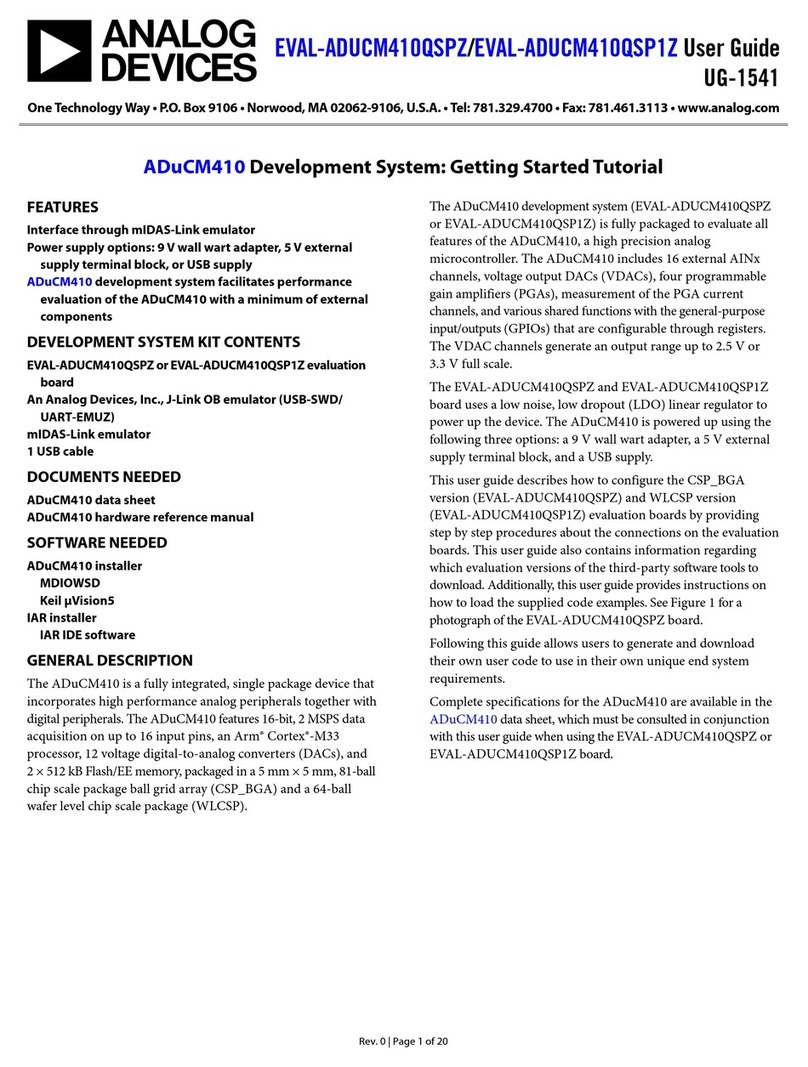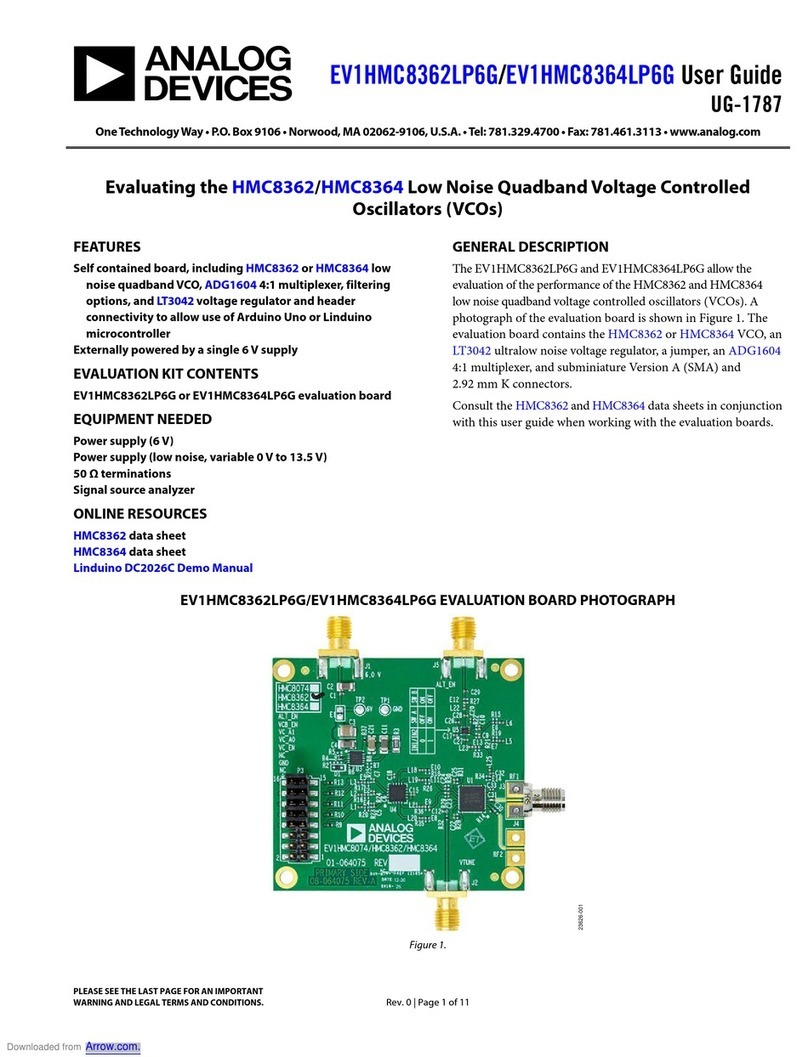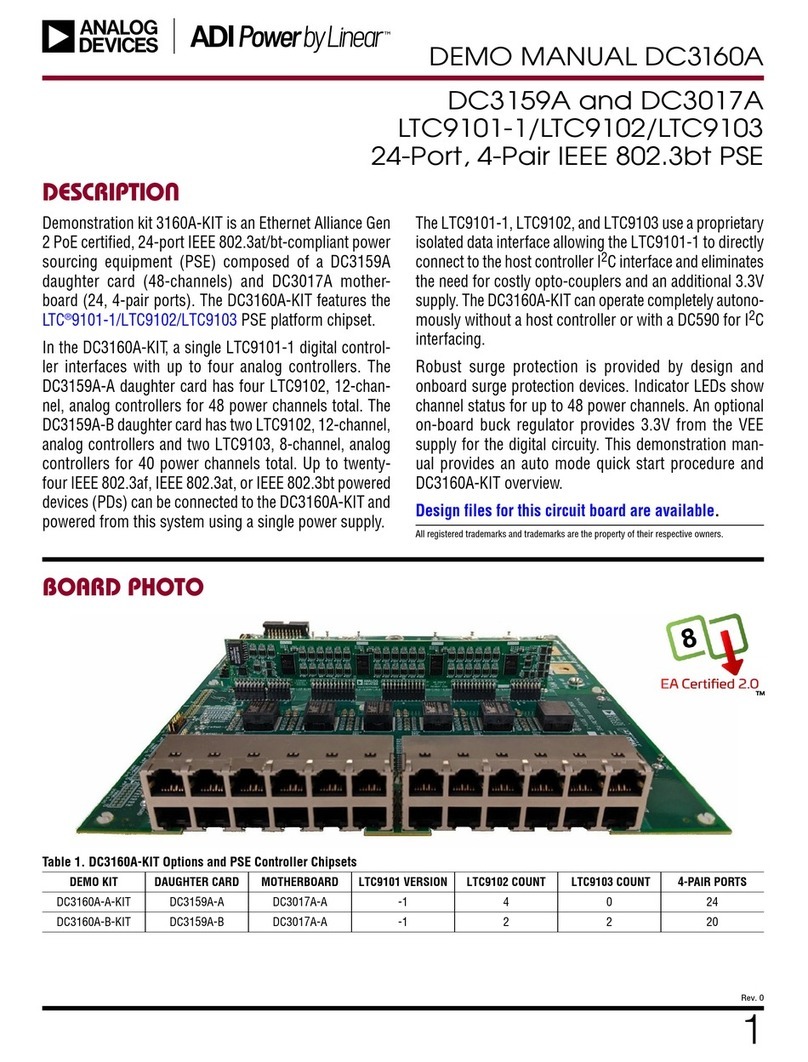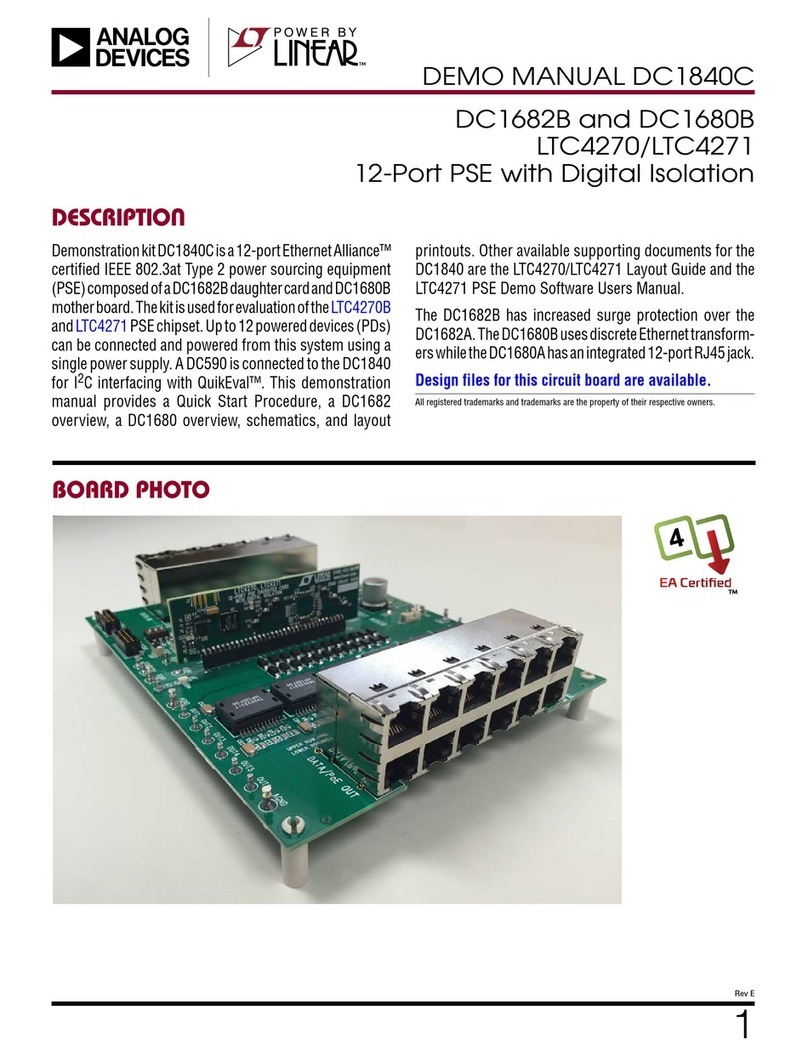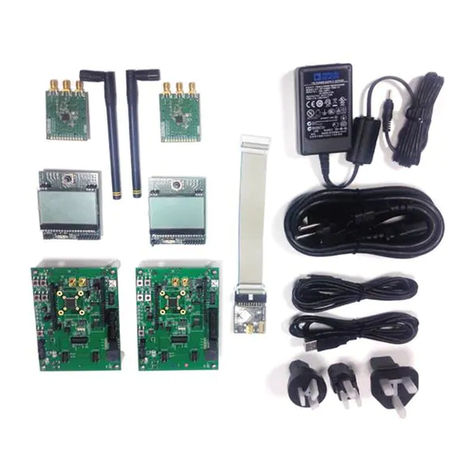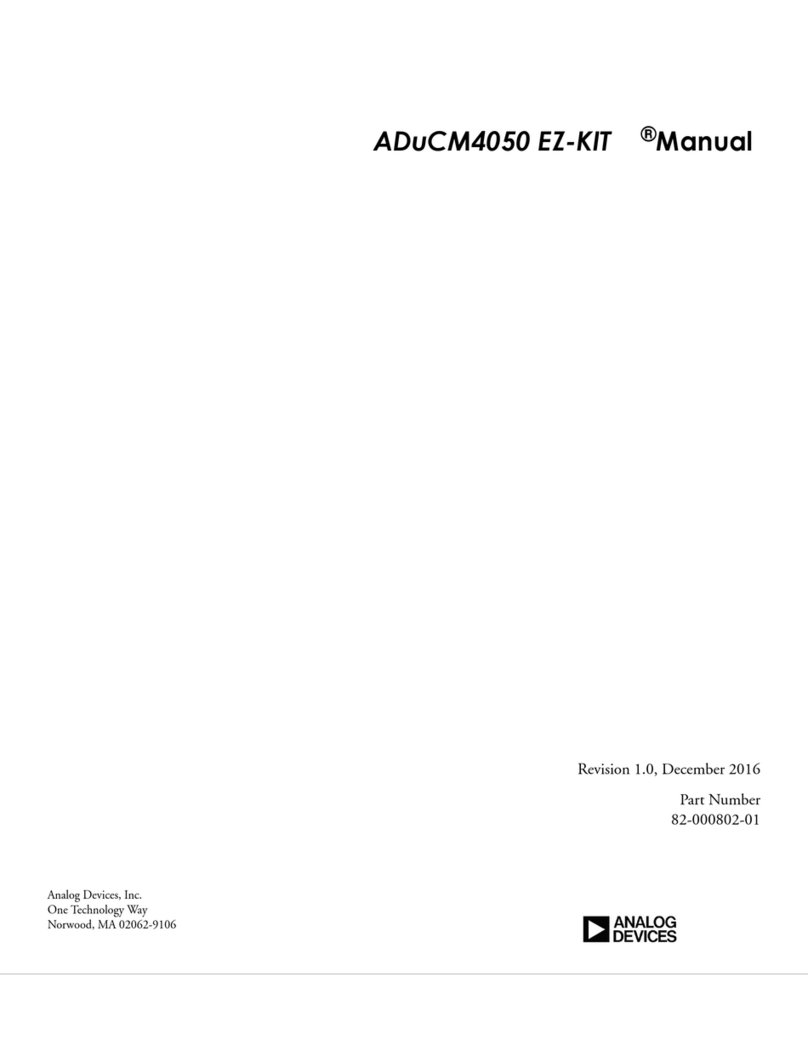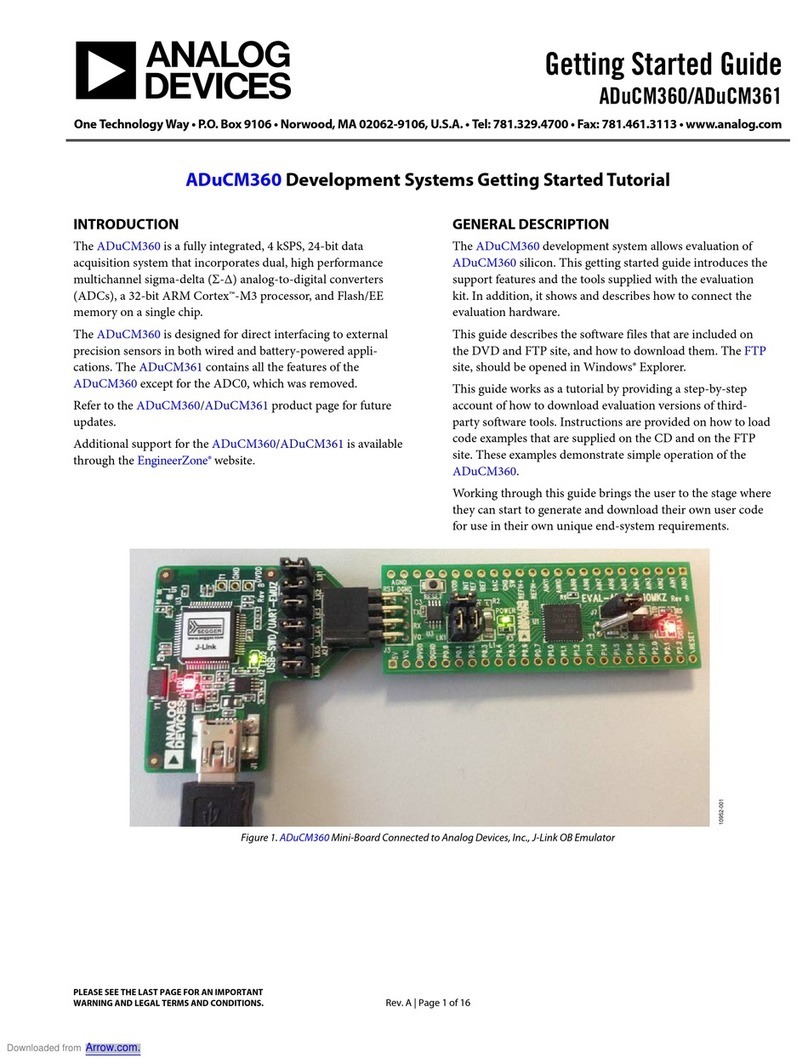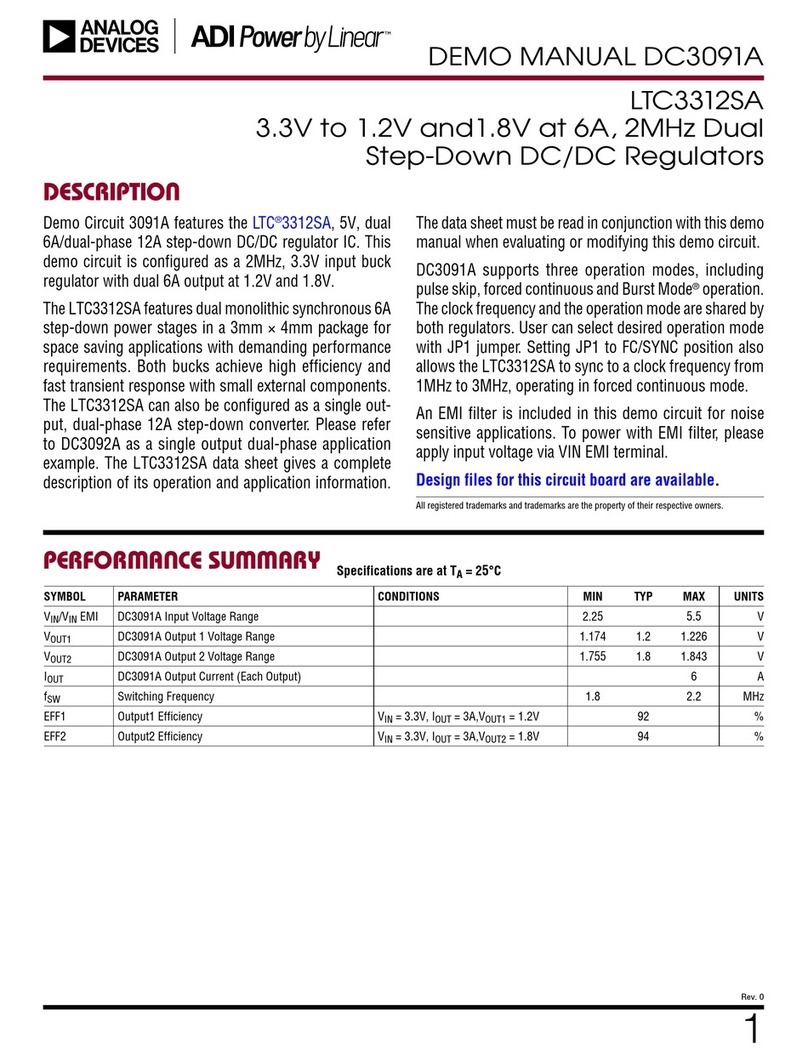
ADuCM355 Hardware Reference Manual UG-1262
Rev. B | Page 9 of 312
REVISION HISTORY
2/2020—Rev. A to Rev. B
Changed PLCC_CACHE to PLCC............................. Throughout
Changes to Table 9..........................................................................20
Changes to Power Management Unit Features Section ............25
Deleted Shutdown Mode Section .................................................25
Deleted Shutdown Mode, Mode 3 Section ..................................26
Changes to Wake-Up Sequence Section......................................28
Changes to Table 21........................................................................29
Changes to Table 24........................................................................30
Changes to Table 25........................................................................31
Deleted Shutdown Status Register Section and Table 27;
Renumbered Sequentially ..............................................................32
Changes to Table 29........................................................................33
Changed Clear GPIO Latch After Shutdown Register Section to
Power Modes Register Section ......................................................34
Changes to Table 31........................................................................34
Deleted Scratch Pad Image Register Section and Table 33 .......34
Deleted Scratch Pad Saved in Battery Domain Register Section
and Table 34.....................................................................................35
Changes to ARM Cortex-M3 Processor Features Section ........35
Changes to ARM Cortex-M3 Processor Related
Documents Section .........................................................................36
Changes to Cortex-M3 and Fault Management Section
and Table 41.....................................................................................42
Changes to Table 42........................................................................45
Changes to Table 46........................................................................49
Changes to Table 47 and Table 48................................................50
Changes to Analog Die Circuitry Summary Section .................52
Changes to ADC Circuit Overview Section ................................57
Changes to ADC Circuit Features Section ..................................58
Changes to Figure 9 ........................................................................59
Changes to Sinc3 Filter Section and Sinc2 Filter Section..........60
Changes to Statistics Option Section............................................61
Changes to Temperature Sensor 0 Section..................................62
Changes to Temperature Sensor 1 Section..................................63
Changes to ADC Initialization Section........................................64
Changes to Figure 14 ......................................................................66
Changes to Table 59 and Table 61................................................67
Changes to Table 64........................................................................70
Changes to Table 70........................................................................72
Changes to Table 71........................................................................73
Changes to Table 73........................................................................75
Changes to Table 76........................................................................76
Deleted Offset Cancellation (Optional Calibration) Register
Section and Table 100.....................................................................82
Deleted Gain Cancellation with DC Cancellation (PGA Gain = 4),
Optional Calibration Register Section, Table 101.............................83
Deleted Variance Output Register Section and Table 107 ..........84
Changes to Statistics Module Configuration Register Section
and Table 101...................................................................................83
Changes to Low Power DACs Section .........................................88
Changes to Figure 19 ......................................................................89
Changes to Electrochemical Amperometric
Measurement Section.....................................................................90
Change to Electrochemical Impedance
Spectroscopy Section......................................................................91
Changes to Table 109 .....................................................................93
Changes to Table 111 .....................................................................96
Changes to Table 114 .....................................................................98
Changes to Table 115 .....................................................................99
Changes to Table 117 ...................................................................100
Changes to Key Features Section and Table 120 ......................102
Changes to Using DE0 and DE1 Inputs with the High Speed
TIA Section and External RTIA Selection Section......................104
Changes to Table 123 ...................................................................106
Changes to Table 124 ...................................................................107
Changes to Dx Switch Matrix Status Register Section and
Px Switch Matrix Status Register Section..................................126
Changes to Nx Switch Matrix Status Register Section ............127
Changes to Tx Switch Matrix Status Register Section.............128
Added Sequencer Section, Sequencer Features Section,
Sequencer Overview Section, Sequencer Commands Section,
and Write Command Section .....................................................130
Added Timer Command Section, Figure 28, Figure 29,
Figure 30, and Sequencer Operation Section;
Renumbered Sequentially ............................................................131
Added Figure 31, Command Memory Section, Loading
Sequences Section, and Data FIFO Section...............................132
Added Data FIFO Word Format Section, Sequencer and the Sleep
and Wake-Up Timer Section, Sequencer Conflicts Section,
Table 153, Figure 32, and Figure 33 ...........................................133
Added Sequencer and FIFO Registers Section, Table 154,
Sequencer Configuration Register Section,
and Table 155 ................................................................................134
Added FIFO Configuration Register Section, Table 156, Sequencer
CRC Value Register Section, Table 157, Sequencer Command
Count Register Section, Table 158, Sequencer Timeout Counter
Register Section, and Table 159 ..................................................135
Added Data FIFO Read Register Section, Table 160, Command
FIFO Write Register Section, Table 161, Sequencer Sleep Control
Lock Register Section, Table 162, Sequencer Trigger Sleep Register
Section, Table 163, Sequence 0 Information Register Section,
and Table 164..................................................................................136
Added Sequence 2 Information Register Section, Table 165,
Command FIFO Write Address Register Section, Table 166,
Command Data Control Register Section, Table 167, Data
FIFO Threshold Register Section, and Table 168.....................137
Added Sequence 3 Information Register Section, and Table 169,
Sequence 1 Information Register Section, Table 170, Command
and Data FIFO Internal Data Count Register Section, Table 171,
Trigger Sequence Register Section, and Table 172...................138
Added AFE Interrupts Section, Interrupt Controller Interrupts
Section, Configuring the Interrupts Section, Custom Interrupts
Section, and Table 173..................................................................139
